Since Valentine’s Day is here it seems the appropriate time to delve into my past and relate one of my first memories of that holiday, one that has stuck with me through more decades than I care to think about. St. Valentine’s Day is a quasi-holiday, not really a day on which anyone gets out of work or school, but which is still widely celebrated because it relates to ineradicable (wonderfully animal) feelings between individual human beings. It’s a very old holiday that to this day sometimes mentions its “Saint.” We learned in elementary school of St. Valentine’s celebrated love for his friends, though the holiday is much more devoted to romantic love than to the kind they were saying St. Valentine was known for. I seem to recall he wrote letters to his friends from prison, which was supposed to be the origin of Valentine cards, a tradition that figures crucially in the memory related below.
As anyone that has read any of the reminiscence posts to this blog before will have already noted, my memory is very selective, which is another way of saying it’s totally blank for most of my past. I don’t remember anything in any detail at all except events that made a strong impression at the time they happened. As it turns out, a lot of those memories are painful ones. Since a good portion of the others are of the sort I’m not going to write about, readers may obtain a false picture of my satisfaction with the life I’ve had, but that’s not something I’ll worry about.
The Valentine memory I’m about to relate is a painful one, but I wouldn’t want to give the impression that all my early Valentine associations are bad ones. My father would always get a red, heart-shaped box of chocolates for my little sister and me to give our mother on Valentine’s Day when we were little. The special shape of the box and the pleasure of giving it and then of sharing in the eating of the candy, each individual piece a new mystery to be solved by taste and sight after we’d bitten into it, made this family ritual one whose memory I cherish enough to have renewed the tradition with my current family.
When I started to write this piece I had no doubt the memory in question was from my first year of school. Then, as I began to dig the details out, I started to wonder if it hadn’t actually been a memory from the second grade. I went back and forth on the year, using clues of the details to try and nail it down. In the end I realized that process was not only futile but foolish. Why try to determine the year by clues and reasoning when I really had no doubt that over the years my memory had always placed the event in the first grade? Trust the earliest record.
There was never any doubt about which girl was the central figure in the story. It was Carol. One of the things that characterized the nascent social life of those first years of school was that the concept of “claiming” a girl was presented to a boy (and that of claiming a boy to a girl). “Who do you claim?” was a question of great interest. There was not in fact anything at all proprietary in these claims, as it required no acknowledgement or even knowledge by the person being claimed, and any number of boys could claim the same girl without antagonism. Actually, most boys did claim the same girl. In the first grade that girl was Carol. It seemed obvious that only one boy—Philip—had actually won her heart, and Philip is one of the few people that I must admit to having envied in my life. I always kept secret from everyone, even friends, the name of the one I claimed, I suppose from not wanting to be seen as one entertaining false hopes, though uncertainty as to what might be required of me should the girl I claimed claim me back may have played a role.
Carol lived near the municipal swimming pool. I think her father was the pool caretaker or something. I can halfway picture her house up on the hilltop across the road from the pool. I vaguely remember attending a birthday party there once. Naturally, Carol could swim like a fish. That fact and her being so completely comfortable at and in the pool, which I liked to go to, but could not yet actually swim in, was somewhat intimidating. I wouldn’t be surprised to hear she was athletic in her high school years, but my family moved away in the fifth grade, so I have no knowledge of her after that. I really have no memory of her after the second grade, now that I think of it, which just means she doesn’t figure in any more intense memories. I don’t believe I was ever completely comfortable with Carol, who was more mature and self-assured than I. Though I was never one to make public whom I claimed, I secretly joined with the majority in asserting my wishful title to Carol.
The question of what “claiming” a girl meant to me is not an easy one to answer now. I can’t remember having had a strong crush on Carol really, and I had experienced that phenomenon at an even earlier age. It’s just that somehow my embryonic yearning for the female of the species had become focused on her. This was, from the standpoint of my consciousness, a presexual phase of my life, in that I had no inkling of even the existence of copulation as a phenomenon of human or animal existence. I knew girls liked boys and vice versa (no other possibilities were mentioned) and that there was some silliness involved in their pairings, and that they kissed and of course got married. I even knew that my friends and I were fascinated by pictures of pretty women without much clothes on, but I had no idea why. All this is worth a lot more contemplation, but now I just want to make the point that, while it was a time of innocence, yet I felt a sort of attraction to members of the opposite sex of my own age and was susceptible to their charms. In addition to this attraction there was a prestige that went with being liked by the prettier, higher status girls. And at the top of that list in the first grade was Carol.
While I was still trying to decide on the year in which this story took place, one of the strongest arguments in favor of the first grade was that I didn’t think my mother would have been able to make me do what I’m about to relate by the second grade. Since I was in the minority that hadn’t gone to kindergarten, which was not mandatory then, I had not been assimilated into the general culture of my small Texas town’s children before I started first grade. I had to contend with being slightly different from and uncomfortable with the other kids. In some ways my mother made it harder. She had her own ideas about what a first grade boy should wear, for example. I was one of only two boys (the other being the son of one of my mother’s friends) sent to school wearing shorts and sandals. It was hot in the fall in Texas, so this was a reasonable choice from the standpoint of the weather. And no doubt I was “cute” wearing them. The problem was that every other boy except for Billy (I was so grateful there was one other!) was wearing blue jeans and tennis shoes (as we called sneakers in those days, assuming anyone still knows what sneakers are). I felt intense discomfort from this deviation in my attire from the standard and was eventually able to get my mother to buy the regulation outfit, to my great relief.
Unfortunately, as my first grade Valentine’s Day approached, my mother had an idea which my strong and prolonged resistance proved unable to overcome. She had somehow arrived at the notion that I should make every girl in the class (not to hurt any of their feelings for having been left out, always one of her prime concerns) a Valentine card. I mean literally a hand-made Valentine card, a heart cut out of red construction paper and with a lace border. That was bad already. Very bad. Hand-made was bad. Heart was bad. Just for the girls was bad. A hand-made heart to each and every one of the girls was very bad. The final detail that made the proposal insufferable was that each card was to bear the hand-printed message “I love you.” I don’t know how my mother could have been so out of touch with the reality of first grade life as to think that was something for a boy to do. The charm of the idea was so great for her that she would not yield to my objections, and I, a six-year-old, had to accept this unfortunate whim of hers.
How I dreaded that day when Valentine cards would be distributed in class! All of the cards other children were giving were of the five-and-dime store humorous sort: silly puns like “bee mine” with a bee pictured. I’m almost sure I only had cards for the girls. It’s my duty to say that a big part of my reluctance to giving such cards was my dread of the ridicule and teasing I might receive from having given “I love you” cards to the least esteemed of the girls. Anyway, there was that fear of ridicule which went beyond the already strong desire not to be the odd, possibly sissy, boy with the hand-made cards for the girls. I dreaded hearing one of the boys say to the class “Hey look! Bobby gave a card with ‘I love you’ on it to Thelma!” (Not a real name.)
The fateful day of our class Valentine party arrived. Full of dread, I dutifully took my cards to school and handed them over for distribution when the time came. Did I actually meet with ridicule for my cards? I can’t remember anything distinctly about it, which probably means I didn’t encounter much, and none from a class opinion leader. But there is a very strong memory associated with the cards which has flooded other details, leaving them submerged under murky water.
The absurd thing about this Valentine card episode is that, despite my struggle against having to make and present these cards to the girls, at some point, possibly at the last moment, I had begun to hope that it might actually turn out to be a blessing in disguise in regard to Carol. Here was the opportunity, though one I would never have chosen, to show off my artistic talent to Carol through my card. Certainly hers was the one I had truly taken care with, while striving to make it beautiful. Surely hers was the one for which the words in some sense spoke truth. I had no doubt that the card was beautiful. How could Carol not be struck by that beauty? What a thrill it would be if she looked over at me and smiled with pleasure after admiring my card! I could picture her complimenting me on it as she thanked me for having created it. Perhaps my card would so impress her that its message of love would be met with favor. Perhaps she would even start to “claim” me. What a boost it would be to my status in the class when her new fondness for me became known!
I watched intently as Carol went through the pile of Valentine cards on her desk, casually examining each one. Anxiety, anticipation, and hope mounted in me as she came to mine—and instantly tossed it aside! Discarded my masterpiece with scarcely a glance! It was hand made. It was ugly and unworthy of a second’s contemplation. It had a contemptible message from an insignificant boy.
I don’t know how far away I was from the scene of my secret rejection or whether Carol had been aware that I was watching. There was no look my way. I’m sure she never gave it a second thought or had any idea of the pain her indifference had caused. But to me it was a rejection, and nothing is worse for a man’s ego than being rejected by a woman, even when the “man” and “woman” in question are only six years old. Nothing had really changed, but, in the split second it took to dash my unwarranted hopes, the acid of disappointment became so concentrated that it etched the memory deeply in my mind.
The memory of Carol’s indifference to my art work and its message of love is still painful, much as my baseball misadventure related in Show Me Where It Hurts is painful; but it’s pretty much the nature of my lasting memories that, as the song goes: “If it wasn’t for bad luck, I wouldn’t have no luck at all.” So I’m grateful for this memory that is strong enough to place me back in my first-grade classroom, once more that six-year-old boy full of watchful hope—even unreasonable hope that I know now is about to be demolished.
ADDENDUM: Since I wrote this I have realized that I almost certainly combined two events into one, which was the source of my uncertainty about which year I was trying to recall. See my later thoughts at A Valentine Memory Revised.
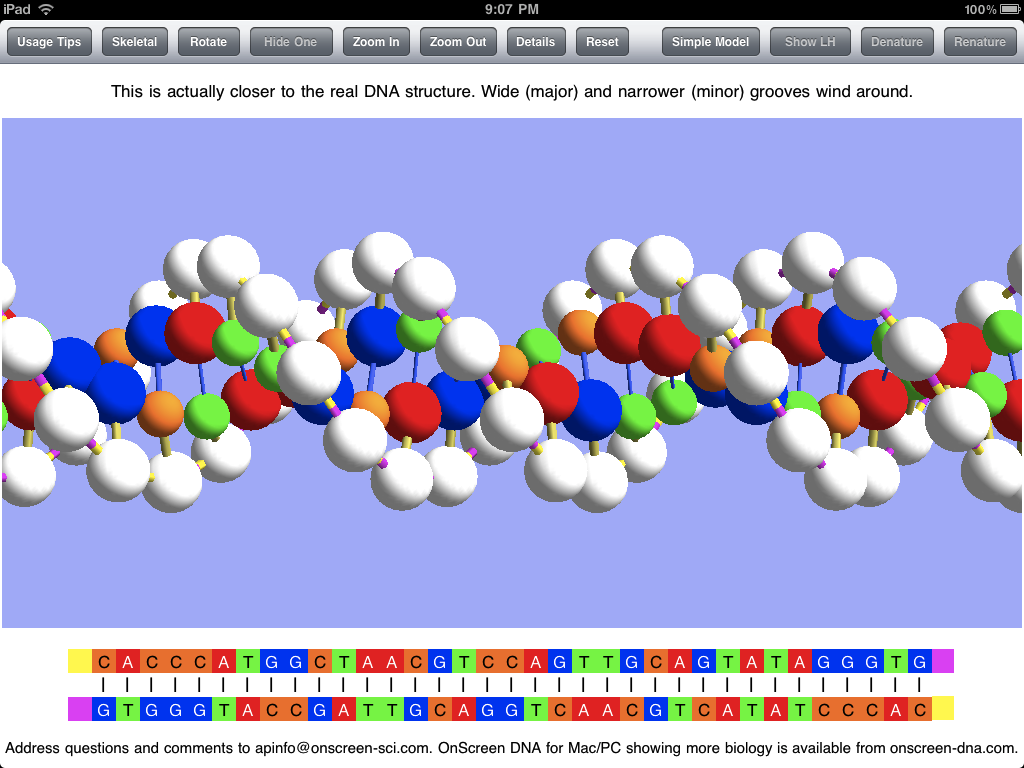
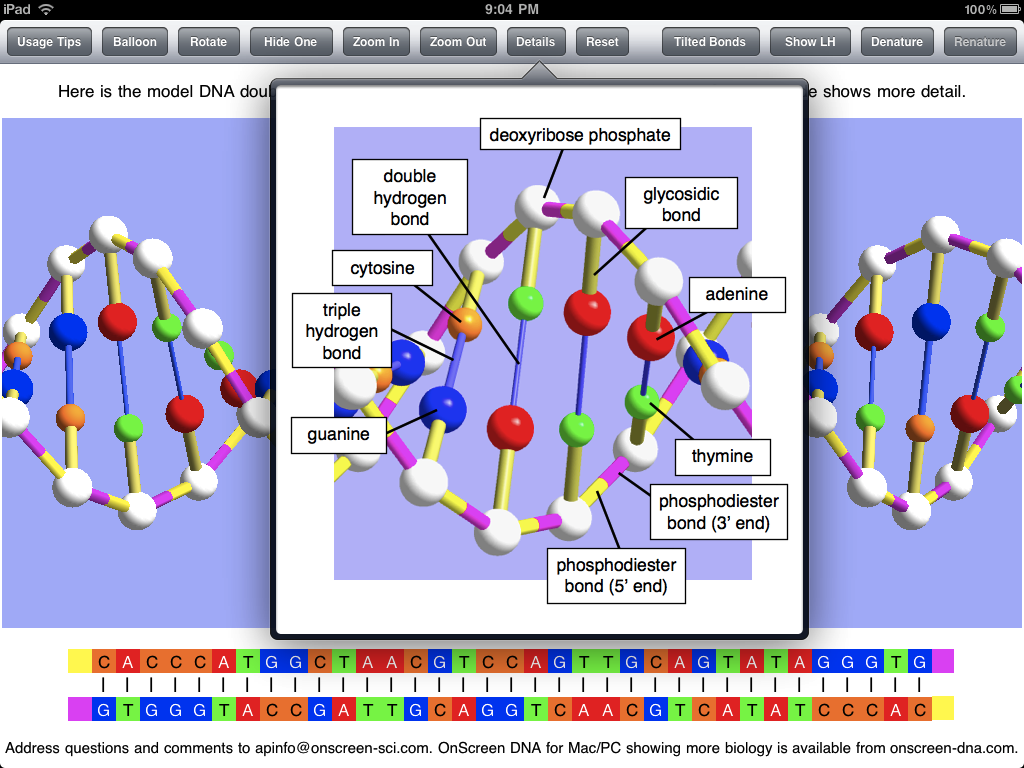
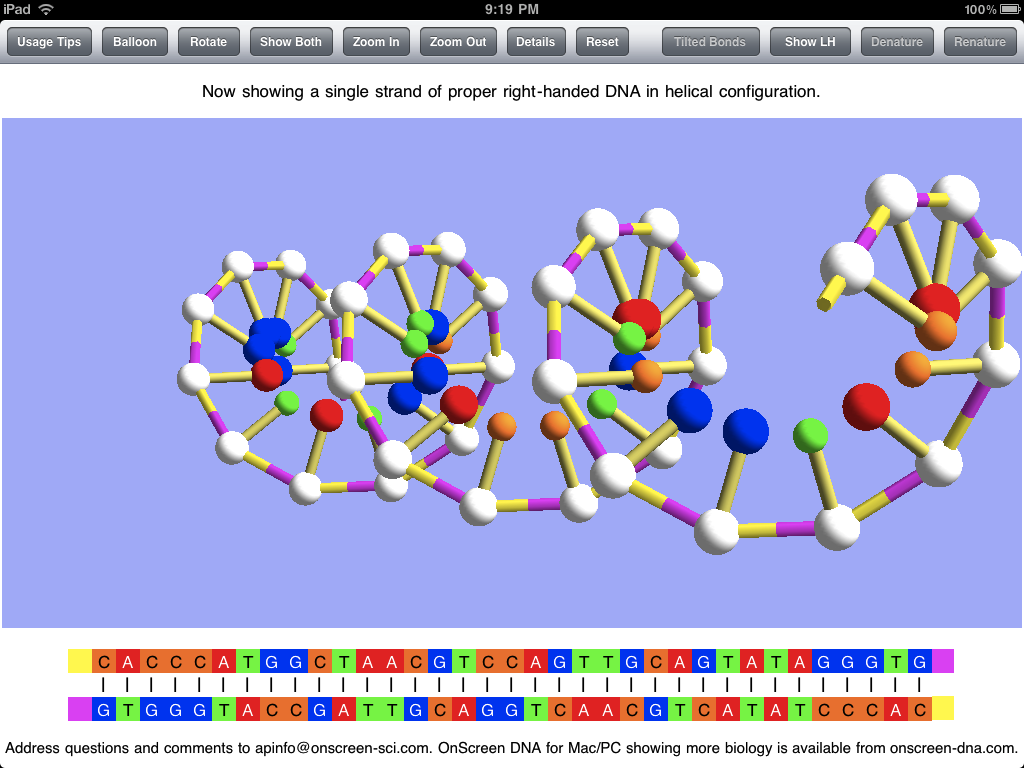
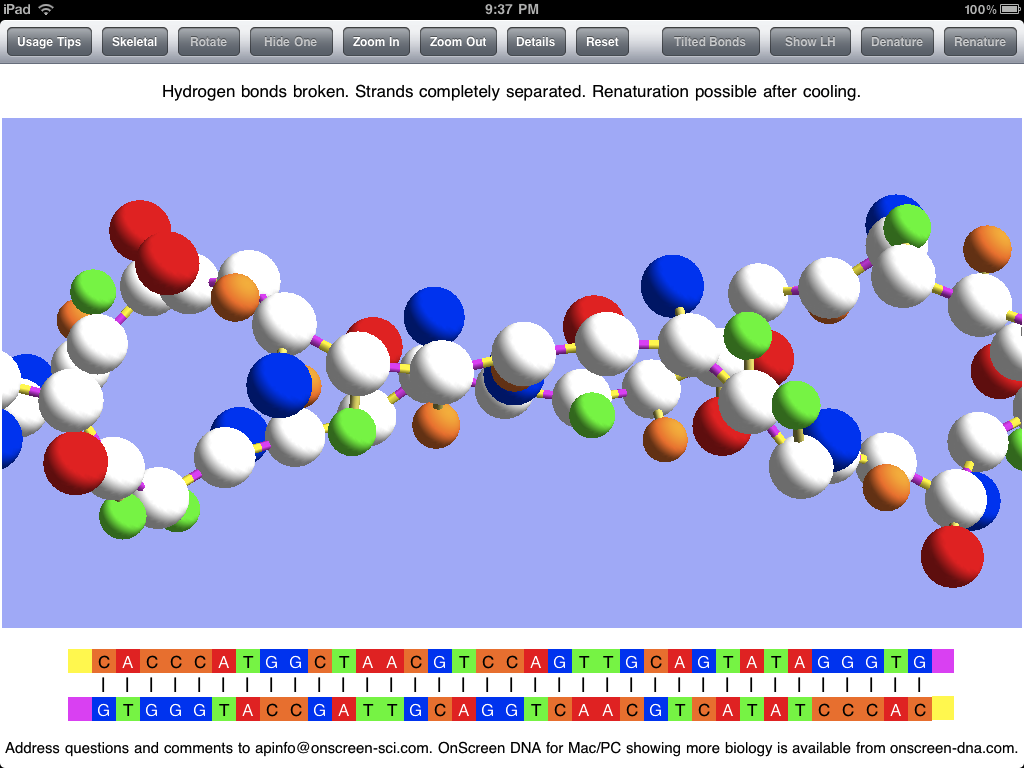
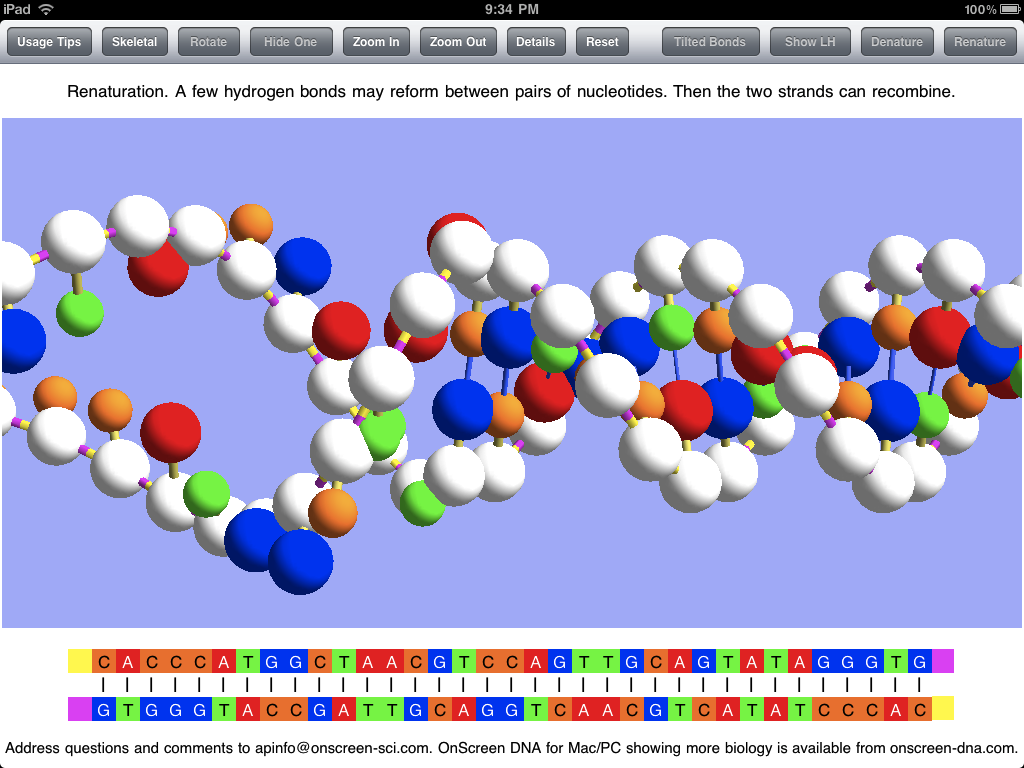
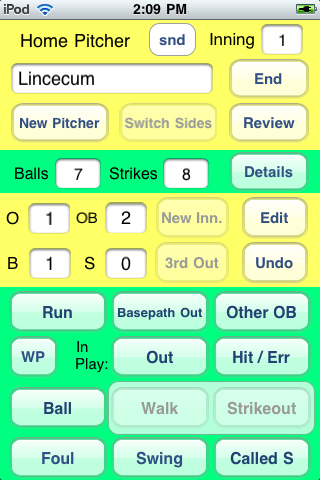
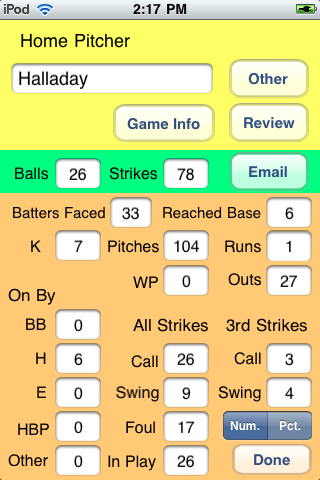





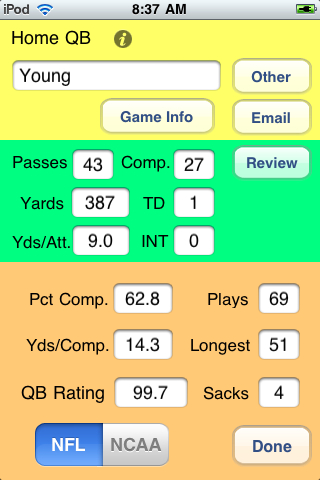
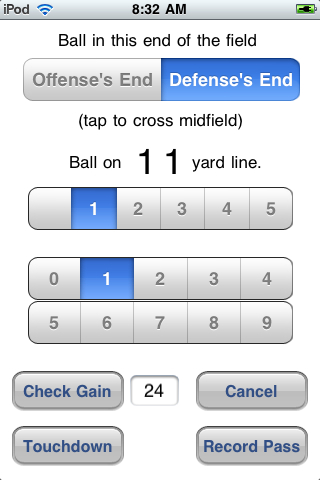
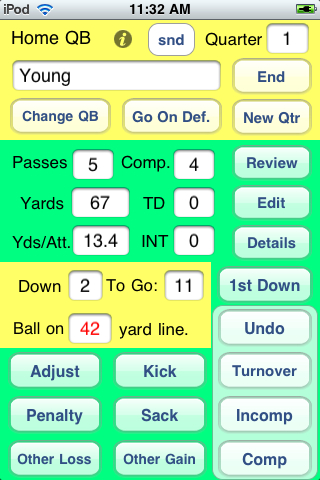
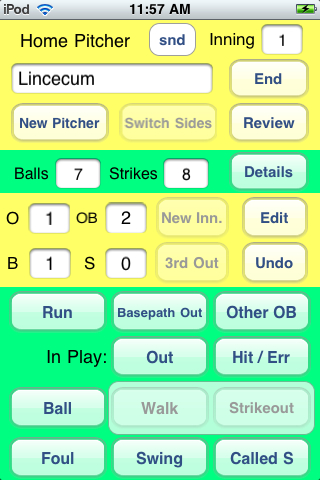
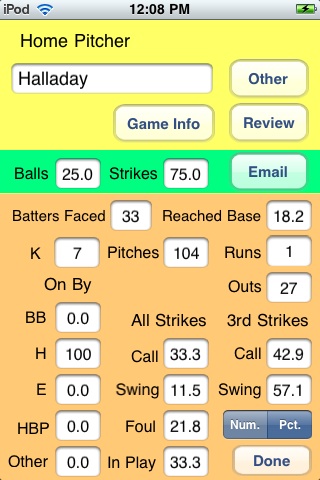



 OnScreen
OnScreen
 OnScreen
OnScreen OnScreen
OnScreen